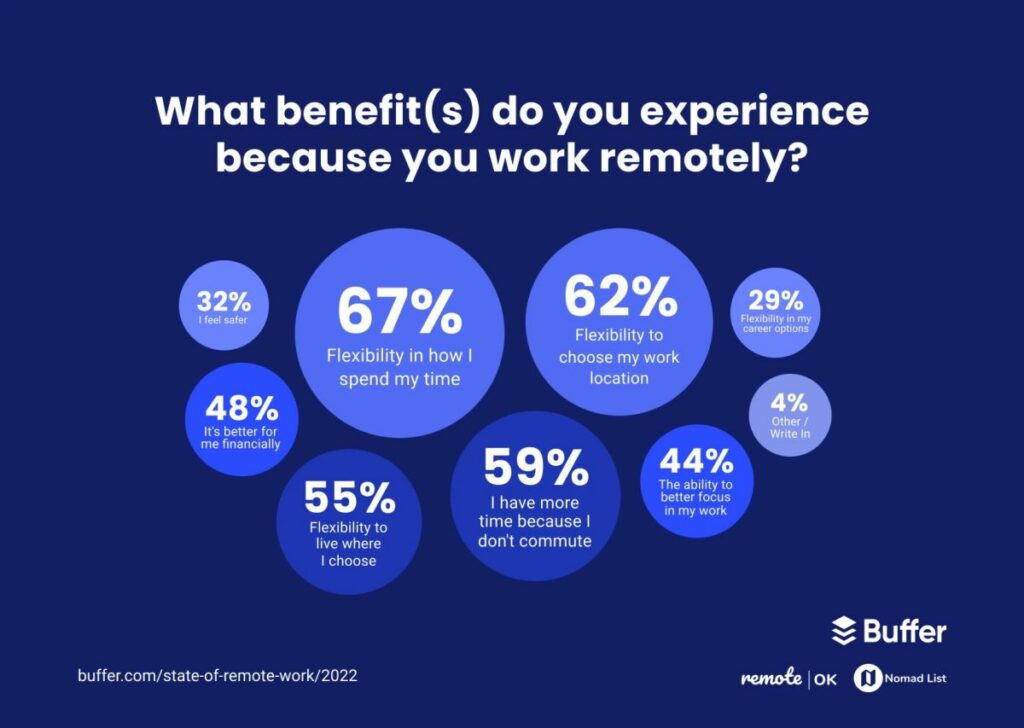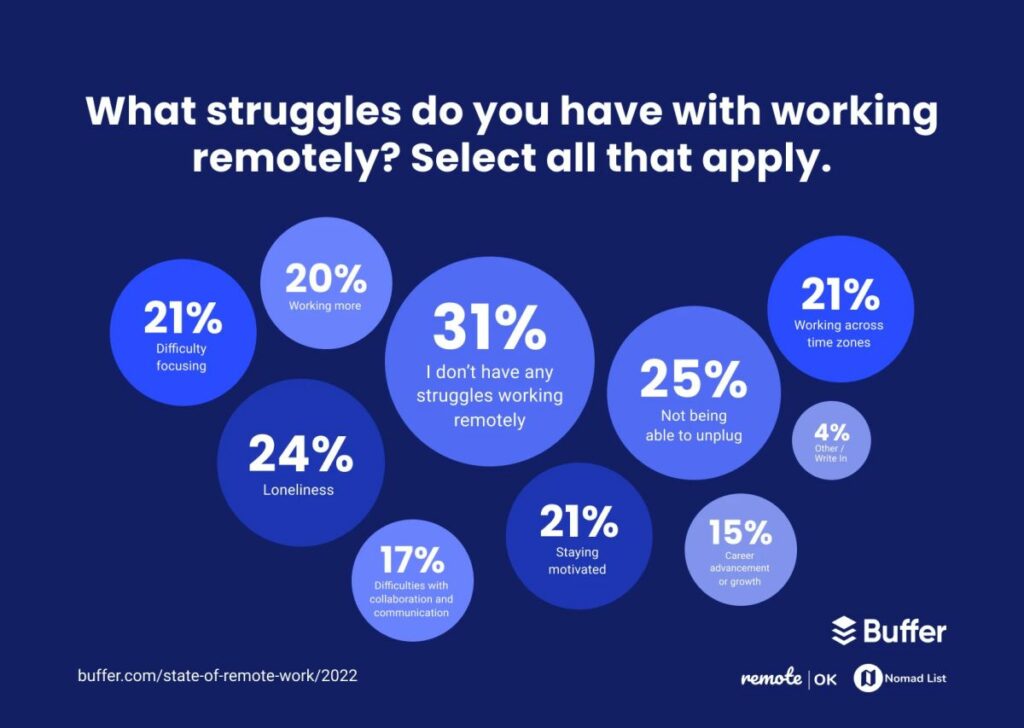What’s common between airline pilots and hospital nurses?
Both are responsible for other peoples’ lives. And both need to be on their toes every single day.
How do they do it?
They use checklists—a simple, proven tool that helps avoid human error and improves work quality.
You only have to look at these numbers to understand how critical checklists are to the airline and healthcare industry:
- The WHO post-surgery checklist reduces deaths by 22 percent.
- Failure to conduct a pre-flight checklist is one of the major contributors to aircraft accidents.
Sure, you may think, these are critical industries, but what about you and me. Do checklists really work in our daily lives? Is it worth the hassle of taking the extra steps to create and run through checklists?
Before we dive into the reasons for using a checklist, it’s worth taking time to understand what a checklist is and what makes it so useful.
A checklist is a simple list of to-do items. It serves as a reminder to complete the task 100 percent as well as helps improve the delivered work quality.
A checklist is a simple to-do list that the person responsible has to run through before delivering work. It serves both as a way to keep track of what needs to be done as well as ensures that the work-completion quality is according to the requirements.
Checklists can be made simply using paper and pen or with many of the software apps available today. We’ve put together a list of the 10 best checklist apps and templates for your use.
Let’s look at the top benefits of a checklist:
1. Improves clarity and productivity
Ever worked through a day not knowing what you should tackle next?
Every time you want to start a new task, you’ll have to jump through mental hurdles thinking about what task needs your attention next.
The time you spent on this may not seem like much. But it quickly adds up. According to this Forbes article, you can spend as much as 60 percent of your office hours on such “work about work”.
Now imagine things with a daily to-do list.
You have a clear list of tasks sorted by priority. Now when you have to pick up a new task, all you have to do is mark the last task done and pick up the next task on the list.
Using a day-to-day checklist will help you get work done more productively.
2. Brings transparency and accountability
Over two-thirds of remote workers expect their company to offer flexible work hours.

At the same time, according to this Harvard study, remote managers have a hard time trusting their teams. Over 40 percent feel skeptical if remote team members can stay motivated over long periods.
Such trust issues can be easily dealt with using checklists.
A simple list of things to do gives your team the motivation they need to accomplish their tasks.
And while it may seem like you’re micromanaging, sometimes that’s just what you need to do. Micromanaging a team member helps you (and more importantly, them too) when they are falling short of expectations.
Giving such team members a daily to-do list and reviewing their work at the end of the day helps you understand:
- if they feel overwhelmed with work
- whether they lack the necessary skills or knowledge
- or if they need to work more productively
As a result, you can take effective corrective actions to help your team members achieve their potential without fostering an atmosphere of distrust. The purpose of the checklist is to help your team member improve.
3. Reduces rework
Rework is one of the biggest reasons for project failure.
According to this survey by Geneca, over 80 percent of respondents accepted that they spend over 50 percent of their time on rework. As a result, projects get delayed and budgets are overrun, resulting in project failure.
How can checklists help?
First, a checklist helps you define the scope of a project or a task.
Once stakeholders and team members agree on the scope of work, the checklist serves as the sub-tasks. This way, the stakeholders cannot increase the scope of a project without revisiting the sub-tasks, effort estimates, and budgets.
And second, it helps identify details about the project that may have slipped through the cracks.
Splitting a project or a task into a checklist not only gives team members a clear path but also serves to identify any missing steps or details in executing the task.
4. Improves work quality
There are two steps to improve work quality:
- Deliver complete work
- Ensure that every piece of work is of the desired quality
With checklists, you can do both.
A team member knows what to deliver and a client knows what to expect. Checklists reduce the chances of tasks slipping through the cracks. Work is not complete unless all the pieces of work are delivered.
Secondly, the person working on a checklist looks at each item on the checklist individually. This ensures that every work item gets complete focus. Thus it often meets the required quality levels.
5. Provides motivation
Nothing saps motivation quicker than staring at a mountain of work.
There’s no end in sight. And the general feeling of dread and overwhelm takes over. Who in their right mind would feel motivated to work?
On the other hand, with a clear list of things to do, you can focus on one task at a time. And when you’re done, the simple act of marking the task done makes you feel good.
Why?
Teresa Amabile and Steven Kramer describe it best in their book—The Progress Principle.
…mundane workday events can make or break employees’ inner work lives. But it’s forward momentum in meaningful work-progress that creates the best inner work lives.
Checking off tasks helps your team members experience small wins, every now and then. This seemingly simple activity creates a positive feedback loop.
As a result, your team feels motivated to get through the day without feeling overwhelmed.
6. Improves organization
Another way checklists improve productivity is by improving how work is organized and tracked in your team.
First, your team can easily prioritize everyday tasks using task prioritization tools such as Eisenhower Power Matrix or the MoSCoW methods. This helps them focus on the most important tasks at hand.
Second, keeping track of day-to-day tasks is much simpler. Checklists prevent tasks from slipping through the cracks.
And finally, because everyone knows what everyone else is doing, you can manage the workload without over or underworking your team members.
7. Prevents burnout
According to Indeed, over half of the American workforce respondents experienced burnout in 2021.
Even when it comes to remote teams, the three biggest challenges are:
- Loneliness
- Staying motivated to work over long periods of time
- Working more hours

In fact, over 40 percent of people who shifted to remote work because of the pandemic report working more hours.
Here’s how burnout is affecting your team adversely, according to Deloitte:
- 91 percent of workers believe that stress and frustration at work adversely affect their quality of work.
- 83 percent work say that burnout from work also negatively impacts their personal relationships.
- Even passion for work isn’t enough to keep burnout at bay. Over 64 percent of people who feel passionate about work also experience stress and burnout.
A task list, in its own little way, gives every member a sense of purpose, motivation, and accomplishment as they check off each item from their list.
So, are checklists important?
With work from home more common than ever before, it’s becoming increasingly hard to juggle personal and professional commitments. With something to do every hour of the day, it’s easy to things to do without even realizing it.
The result is a constant feeling of missing out on something important. It eventually stresses you out and causes burnout.
A checklist can help.
Whatever you want to call it—a checklist, a to-do list, or a task list—it’ll help you get through your day without missing out on anything.
Complex and recurring tasks can have their own checklists. Thus improving the task completion quality. Work management tools like Toggl Plan come with checklists that can be attached to a task.
Jitesh is an SEO and content specialist. He manages content projects at Toggl and loves sharing actionable tips to deliver projects profitably.
![Hubstaff vs Toggl: A Definitive Comparison [March 2024]](https://toggl.com/blog/wp-content/uploads/2024/03/hubstaff-vs-toggl-track-746x394.jpg)

![10 Best Cost Management Software in 2024 [Detailed Overview]](https://toggl.com/blog/wp-content/uploads/2024/03/cost-management-673x404.jpg)